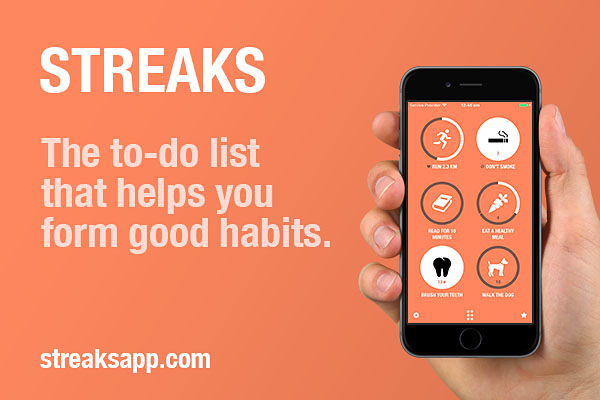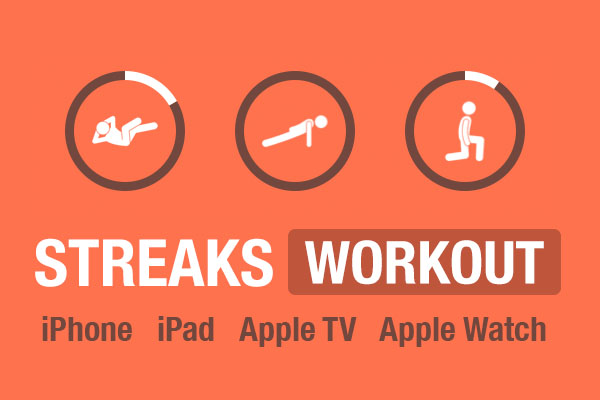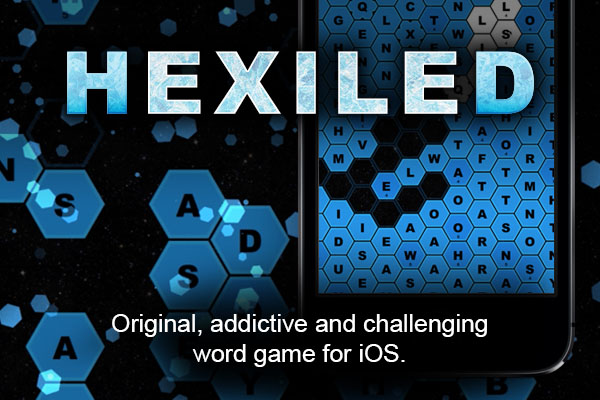Anonymous
Years ago
I think Bevo believes his own hype
Paulo Kennedy, Pagemasters
When Rob Beveridge thinks about this year's playoffs, he sees the same thing he discovered when he first walked into Perth Wildcats headquarters.
"Opportunity, absolute opportunity," he said.
“Coming from West Sydney it was like going from the outhouse to the penthouse. Your eyes light up. Everything was difficult in West Sydney and then you get offered the job in Perth and it gave me the opportunity to build my dream.”
The resources available in Perth gave the former Australian U19 team boss the chance to see how well the lessons learned with the Razorbacks worked in a more stable setting.
“(Perth) was very well resourced but not in the way I could go out and buy a lot of players,” he said.
“I think that’s a short-term approach, it’s more about building a club that gives you the opportunity to keep a group for a very long time.”
Of course, his professional debut with the Razorbacks in 2007/08 was his golden chance to show his junior philosophies could work in professional basketball.
“That allowed me to come in and say 'this is how we’re going to do it',” he said.
“This is my philosophy, we’re going to play up-tempo, we’re going to play pressure D, we’re going to get after it.”
It was the start of an era for the NBL after the Brisbane Bullets had stunned the league with their fast and relentless play.
“I was one of very few who played up-tempo, probably only Joey Wright played up-tempo as well,” Beveridge said.
“When I started in the league it wasn’t the up-and-down game, whereas now ... there are more up-tempo teams than there are halfcourt teams.”
Beveridge said that had greatly increased the training demands on players, who have to be “more multi-skilled”, and the impact they can have on game night.
“Because of the style of game you need more players and they play less minutes. I'm going with nine or 10 players a game,” he said.
“We run plays for multiple players rather than just one or two people. If we wanted to run plays to get Kevin Lisch 30 points a game we could do that, but that may not be an effective way for us to win games.”
It also effects how players have to train.
“We make sure everyone does the same skill work. Our big men do all the ball-handling sessions our guards do and our guards have to learn how to play in the post.”
Beveridge also knows first-hand how it has changed the demands on coaches.
“Coaches junk up their defences a lot more now,” he said.
“You’ve got to have different ways of teaching defence and different ways of teaching offence, it’s made coaches become better in a lot of areas … you’ve got to have the ability to break down different defences and zones.”
This season we have seen the start of a new era, with coaches determined to stop the flow of teams such as New Zealand and Perth.
The Wildcats have moved away from Beveridge’s trademark high-energy man-to-man defence to more containment-based switching zones.
“It’s something we have evolved with. We had been tremendous with our pressure defence but teams had adapted very well, so you’ve got to create something else,” he said.
“We’ve been working on it for a number of years and probably now, because of our mobility, the work we had done in our man-to-man defence is working well in our match-up zones as well.”
So what’s the next evolution?
“I don’t know,” Beveridge laughed. But he does have a vision - shooting.
“That’s an area I really want to get my teeth into, breaking it down with the junior players. (Australian basketball) is great with pressure D, switching zones, the running game, but I don’t think we shoot the ball really well.”
Beveridge said with the increased speed and intensity of the game Down Under, that improvement will come from teaching smarts as much as technique.
“We need to teach the players from a younger age the key feature of repetition, but then it comes down to the decision-making,” he said.
“You get less chances because of how good teams are defensively now. You’ve got less time to get shots off so you’ve got to become a great decision-maker about when to shoot.”






